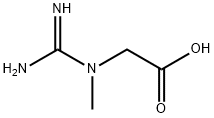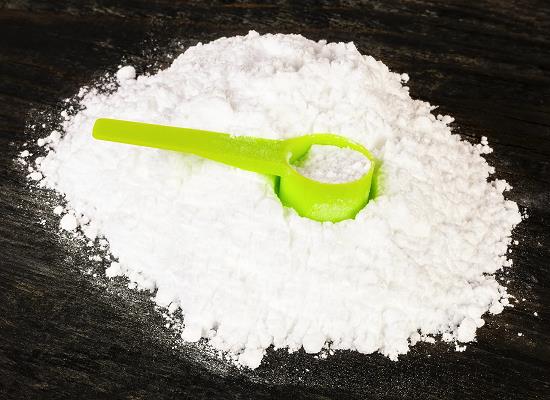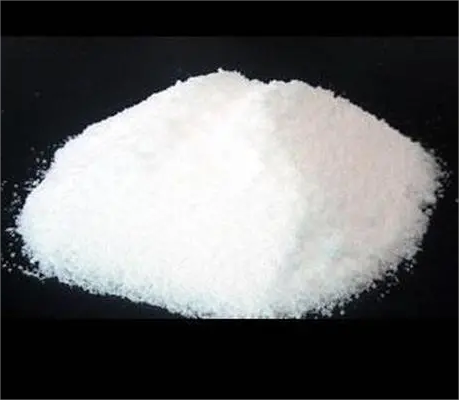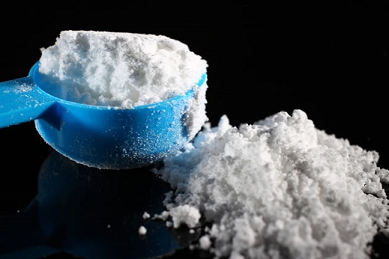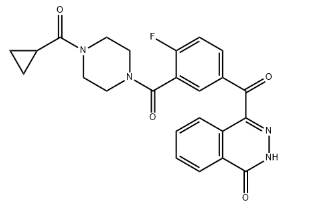Creatine: mechanism of action, application in sports and safety
General Description
Creatine is a naturally occurring compound synthesized in the body and obtained from dietary sources. It plays a crucial role in supplying phosphate for ATP production, the energy currency of cells. When used as a supplement, creatine can increase muscle creatine levels and enhance performance in short-duration, high-intensity exercises. It has been shown to improve lean body mass, strength, power, and efficacy in resistance training. However, the effects on sports-specific activities vary. Creatine supplementation combined with resistance training generally yields greater strength gains. Individual responses to creatine differ, with some athletes benefiting more than others. Short-term use of creatine is considered safe, with no evidence of detrimental effects in healthy individuals. Concerns about renal and hepatic damage have not been supported, but long-term studies are limited. Mild water retention and temporary weight gain may occur, but risks like compartment syndrome or dehydration are not supported. The safety of creatine in children and adolescents is still uncertain and requires further investigation.
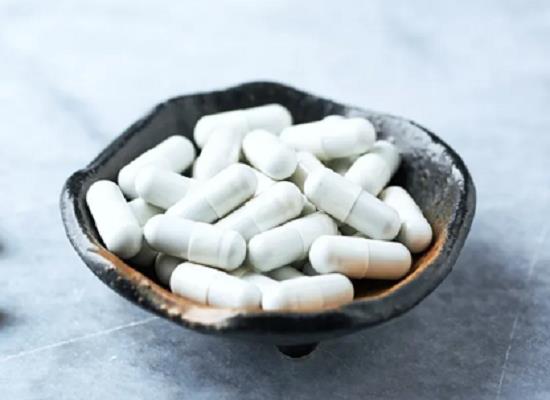
Figure 1. Capsules of creatine
Mechanism of action
Creatine is naturally produced in the liver, kidneys, and to a lesser extent, the pancreas at a rate of 1 gram per day. The remaining creatine comes from dietary sources or is synthesized from amino acids such as arginine, methionine, and glycine. The production and levels of creatine are carefully regulated, with liver enzymes playing a role in its synthesis and creatinine levels in the bloodstream impacting excretion rates. Cells with high energy demands utilize creatine in the form of phosphocreatine, which supplies phosphate for the conversion of adenosine diphosphate (ADP) into adenosine triphosphate (ATP). Skeletal muscle cells store sufficient ATP and phosphocreatine to sustain intense activity for about 10 seconds. Short-term supplementation with creatine can increase total creatine levels by 10% to 30%, with phosphocreatine stores rising by 10% to 40%. 1
Application in sports
Creatine supplementation has been extensively studied for its ergogenic effects in sports performance. It has been shown to increase muscle creatine concentrations, lean body mass, strength, power, and efficacy in short-duration, high-intensity exercises. However, the effects of creatine on sports-specific activities have yielded inconsistent results. Studies have demonstrated that creatine supplementation can increase body mass, primarily due to increased intracellular water retention. The increase in body mass is more pronounced when combined with resistance training. Creatine supplementation has shown to improve performance and strength in short-duration, maximal-intensity exercises, measured by factors such as 1-repetition maximum, muscular power, endurance, speed, and total force. Combining creatine supplementation with resistance training generally leads to greater improvements in strength compared to creatine supplementation alone. In team sports that involve a combination of aerobic and anaerobic activities, creatine supplementation may help prevent loss of strength resulting from aerobic training when combined with anaerobic activities. Individual responses to creatine supplementation vary, with some athletes responding positively (responders) and others showing no significant benefits (non-responders). Athletes with lower baseline levels of creatine before supplementation tend to derive more benefits. Overall, creatine supplementation has been found to be most effective for increasing performance in short-duration, maximal-intensity resistance training and promoting lean body mass. However, its impact on overall sports performance in various contexts is still not fully understood. 2
Safety
Short-term use of creatine is generally considered safe and does not have significant adverse effects. Multiple studies have shown no evidence of increased serum creatinine levels in young, healthy individuals who use creatine. Theoretical concerns about renal damage and hepatic injury have not been supported by research, with isolated cases involving excessive or inappropriate creatine use. Creatine can cause mild water retention and decreased urinary volume, leading to temporary weight gain during the loading phase. However, there is no conclusive evidence supporting the risk of compartment syndrome, muscle cramps, dehydration, or heat illness. The safety of creatine supplementation in children and adolescents is still unknown and requires further study. 3
Reference
1. Havenetidis K. The use of creatine supplements in the military. J R Army Med Corps, 2016, 162:242-248.
2. Lanhers C, Pereira B, Naughton G, Trousselard M, Lesage FX, Dutheil F. Creatine supplementation and upper limb strength performance: a systematic review and meta-analyses. Sports Med, 2017, 47:163-173.
3. Kim J, Lee J, Kim S, Yoon D, Kim J, Sung DJ. Role of creatine supplementation in exercise-induced muscle damage: a mini review. J Exerc Rehabil, 2015, 11:244-250.
Related articles And Qustion
See also
Lastest Price from Creatine manufacturers
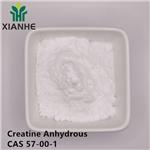
US $0.00/kg2025-04-30
- CAS:
- 57-00-1
- Min. Order:
- 1kg
- Purity:
- 0.99
- Supply Ability:
- 1000kg
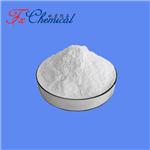
US $0.00/KG2025-04-21
- CAS:
- 57-00-1
- Min. Order:
- 1KG
- Purity:
- 98%min
- Supply Ability:
- 30tons/month
